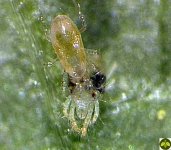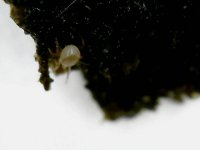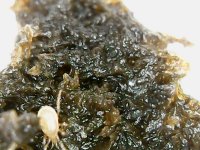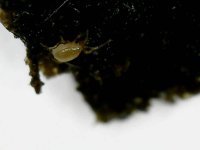TheOutlawTree
Active member
I see ur in cali, why not just call the people that make the met52, they would give u an honest answer, so not to make their product ineffective.
My guess is no though. I just cant see how some natural oils, and herb extracts are going to mess with a fungus. those oil products are designed to be undesirable to bugs, and mess with their reproduction cycle.
Talked to a couple different Met-52 reps and they didn't give me a sure shot answer... they pretty much said the same thing you said though. I need to call a couple more people next week.
Tonatiua-
I used the OG biowar (full strength) once a week at the start of my new cycle and noticed slow growth. Upon further inspection I did find a couple RA's. For me the OG biowar was not effective. Im not sure about fungus gnats though, haven't had a problem with them.
If you have fungus gnats use Gnatrol. Should take care of them real quick.








